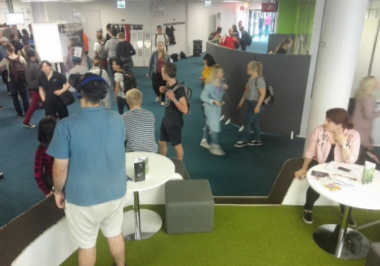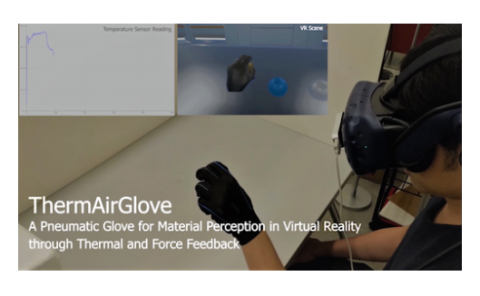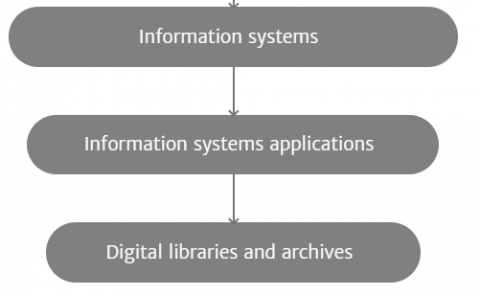Social acceptability of virtual reality in public spaces: experiential factors and design recommendations
PubDate: November 2019
Teams: Tampere University,Nokia Bell Labs
Writers: Pouya Eghbali, Kaisa Väänänen, Tero Jokela

Abstract
With the latest advancements in Virtual Reality (VR), the possible use of VR devices in public and social contexts has increased. Since the use of VR typically requires wearing a Head-Mounted Display (HMD), the user is not able to see others - the spectators - present in the same context. This may lead to a decrease of social acceptability of VR by both the users and the spectators. We conducted a field experiment to explore what are the experiential factors of the users of VR (N=10) and spectators of VR use (N=30). We found experiential factors for the users to be adjustment of interaction, uninterruptable immersion, un-intrusive communication, freedom to switch between realities, sense of safety, physical privacy, shared experience, and sense of belonging. For the spectators, the main factors are shared experience, enticing curiosity, feeling normal, and sense of safety. We then run three sessions with user experience (UX) experts (N=9) to create a set of design recommendations for socially acceptable VR. The resulting ten recommendations provide a holistic view to designing acceptable experiences for VR in public spaces.


